Eradication
The vaccine was beneficial in 95% of cases. By 1900 some European regions were smallpox-free. It was later eliminated in North America (1952), Western Europe (1953), and Japan (1956). However, smallpox’s complete eradication required lots of hard work and worldwide cooperation. First, they worked on more effective forms of vaccines. Then in 1958, WHO (World Health Organization) launched the Smallpox Eradication Program, aiming to eliminate smallpox completely. They enforced universal childhood immunization programs and mass vaccination, which wasn’t effective in overpopulated areas.
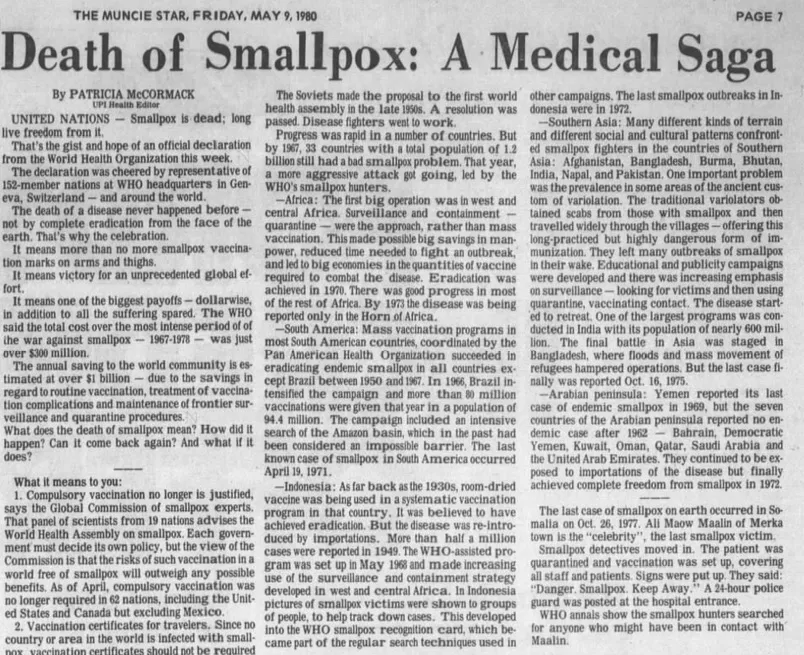
Smallpox Eradication Newspaper Article (Iannelli)
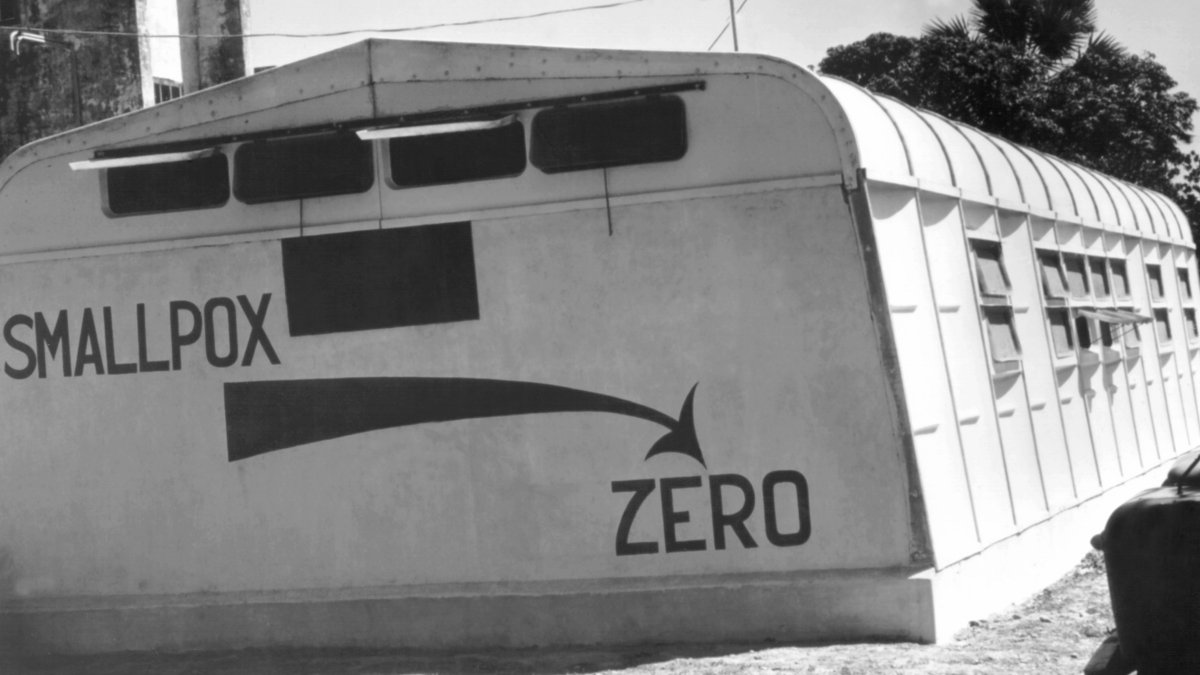
"Smallpox Eradication: A Model for Global Cooperation" (Bristol)
"Smallpox Eradication Interview Dr. Henderson" (WHO Chief of Eradication Program)

"A public health clinician uses a jet injector gun to administer a smallpox vaccination into the recipient’s left shoulder during an adult immunization program." (Centers for Disease Control and Prevention)
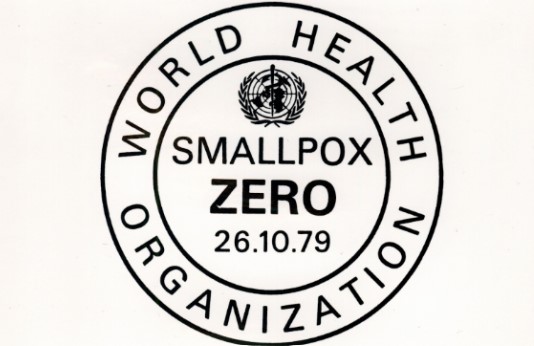
“The logo certifying the eradication of smallpox in Somalia, and consequently, in the world” (Davies)
"The number of patients hospitalized with smallpox decreased from nine in November to five in January. Then, suddenly, there were none."
~ Donald A Henderson, epidemiologist
In 1967 WHO started “Surveillance-Containment” or “Ring-Vaccination”: finding and vaccinating anyone who came in contact with an infected person, which stopped smallpox from spreading. Later, the Soviet Union provided freeze-dried vaccines, which proved helpful, especially in Eastern Europe, India, and China. Finally in 1980, after years of dedication, and no cases since 1977, a major turning point was reached when smallpox was declared eradicated worldwide by WHO. The Center for Global Development estimated that smallpox cost $1.35 billion in the late 1960s (Ochmann et al.) and eradication cost around $300 million between 1967-1977 (Davies).
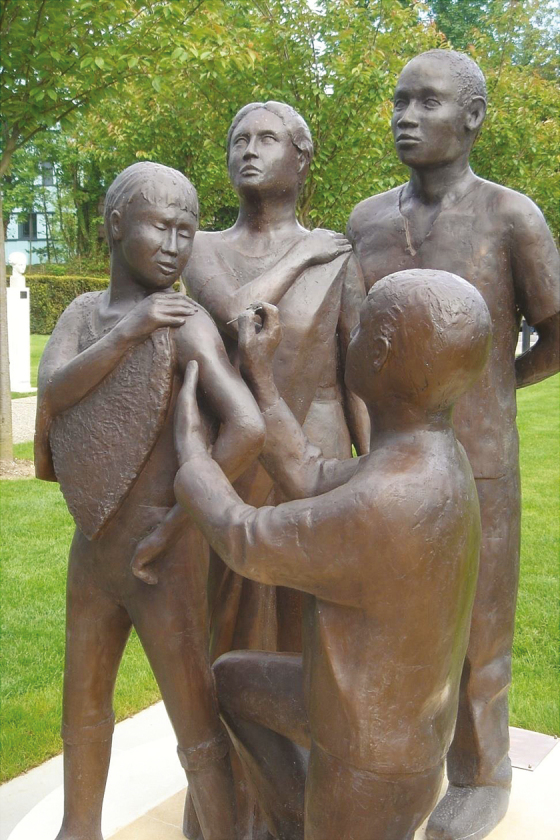
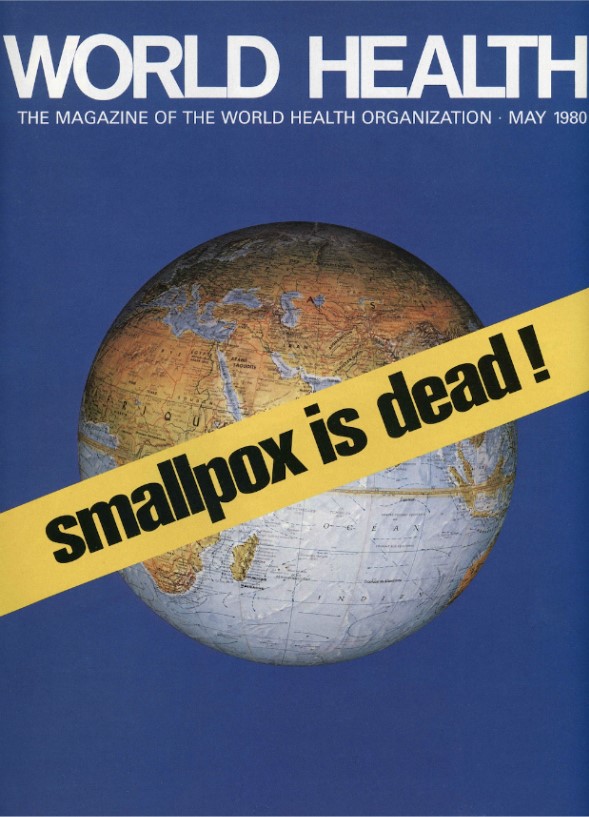
"Smallpox Eradication Statue, Unveiling May 17, 2010. Sculptor Martin Williams" (National Libary of Medicine)
“"Smallpox is dead!", front cover of the magazine of the World Health Organization” (Davies)
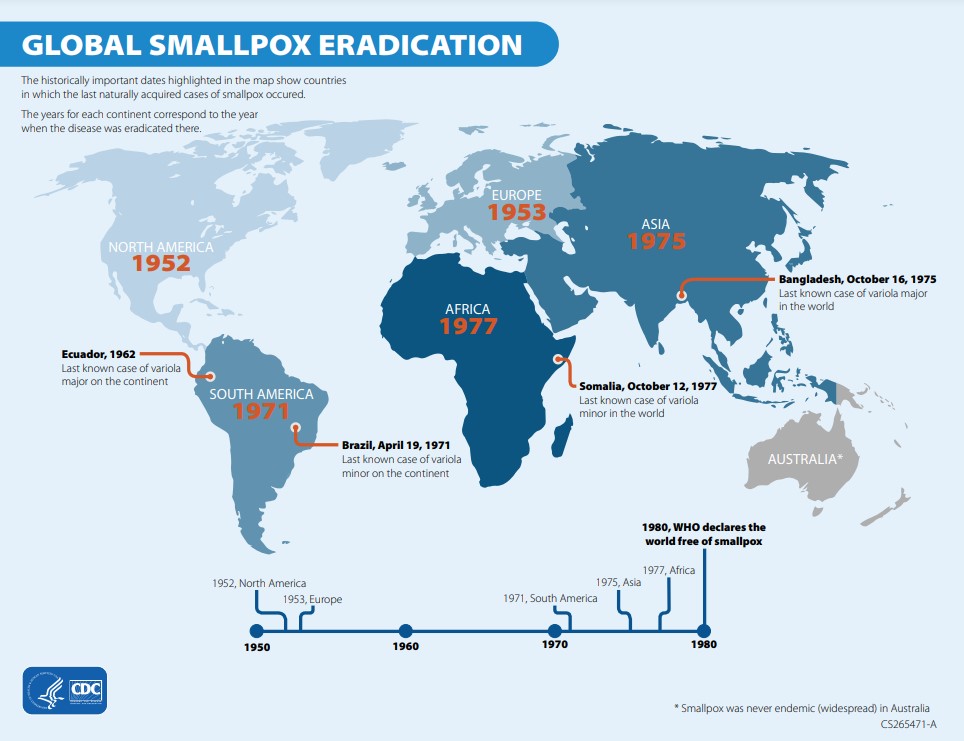
"The historically important dates highlighted in the map show countries in which the last naturally acquired cases of smallpox occured." (CDC)